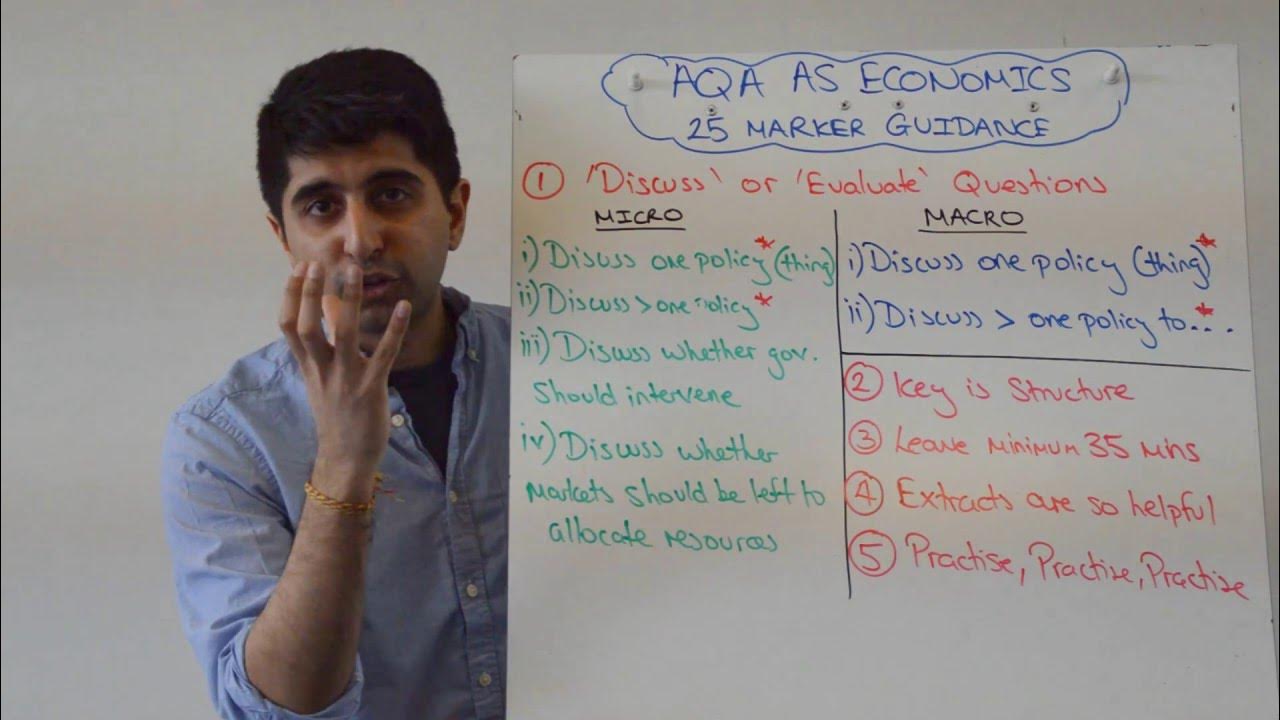Presentation 2b: Putting Arguments in Standard Form
Summary
TLDRThis lecture explains how to put arguments in standard form to clarify their structure for better understanding and evaluation. It outlines steps such as numbering and separating premises, identifying conclusions, removing indicators, and rewriting statements for clarity. An example involving the argument 'cats are warm-blooded' is used to demonstrate the process. The lecture also highlights handling implicit premises and conclusions, and rewording rhetorical questions. This method helps present arguments clearly, making it easier to assess their validity.
Takeaways
- 📝 Standard form is used to clarify the structure of arguments.
- 🔢 Number and display each premise on a separate line.
- ✂️ Split premises occurring in one sentence into two lines for clarity.
- 🔄 Move the conclusion to the last line, even if it appears earlier in the text.
- 🚫 Remove premise and conclusion indicators once identified.
- 🧹 Rewrite premises and conclusions to be clear, explicit, and complete.
- 💡 Look for conclusion indicators like 'from all this it follows that' to identify conclusions.
- 🐱 In the example, the conclusion is that 'cats are warm-blooded.'
- 🔍 Rhetorical questions may imply conclusions that should be stated explicitly.
- 🧩 Include any implicit premises or conclusions when putting an argument in standard form.
Q & A
What is 'standard form' in the context of arguments?
-Standard form is a way of organizing an argument by clearly displaying its premises and conclusion. It helps to clarify the structure and makes it easier to analyze and evaluate the argument.
How are premises arranged in standard form?
-In standard form, each premise is numbered and displayed on a separate line. If two premises occur in one sentence, they are split into two lines to make it clear that they are separate premises.
Where is the conclusion placed in standard form?
-The conclusion is always placed on the last line, even if in the original text it appeared at the beginning. Conclusion indicators are replaced with a simple indicator like 'therefore'.
What are premise indicators, and why are they removed in standard form?
-Premise indicators are words or phrases that signal the presence of a premise, such as 'because' or 'since'. In standard form, these are removed because the premises are already numbered, making them redundant.
What should be done if a premise or conclusion is written in a confusing or incomplete way?
-Premises and conclusions should be rewritten so that they are complete, explicit, and clear. This ensures that the argument is easier to understand and evaluate.
How was the argument about cats and mammals put into standard form?
-The argument was rewritten by identifying the conclusion ('Cats are warm-blooded') and displaying it after two separate premises: (1) 'If cats are mammals, they are warm-blooded' and (2) 'Cats are mammals.' This clarified the argument structure.
What should be kept in mind about the position of the conclusion in a text?
-The conclusion does not always appear at the end of a text. However, in standard form, it is always moved to the last line for clarity.
What should be done if an argument's conclusion is implied and not explicitly stated?
-If the conclusion is implied, such as in a rhetorical question, it should be reworded as a straightforward statement. For example, 'How can you believe it's OK to feed this to children?' should be reworded as 'It is not OK to feed this cereal to children.'
How should implicit premises be handled in standard form?
-Any implicit premises should be included in standard form to ensure the argument is complete. This makes the reasoning behind the conclusion fully explicit.
Why is it helpful to put an argument in standard form?
-Putting an argument in standard form clarifies its structure, making it easier to understand the relationship between premises and conclusion. This aids in evaluating the strength of the argument.
Outlines

Esta sección está disponible solo para usuarios con suscripción. Por favor, mejora tu plan para acceder a esta parte.
Mejorar ahoraMindmap

Esta sección está disponible solo para usuarios con suscripción. Por favor, mejora tu plan para acceder a esta parte.
Mejorar ahoraKeywords

Esta sección está disponible solo para usuarios con suscripción. Por favor, mejora tu plan para acceder a esta parte.
Mejorar ahoraHighlights

Esta sección está disponible solo para usuarios con suscripción. Por favor, mejora tu plan para acceder a esta parte.
Mejorar ahoraTranscripts

Esta sección está disponible solo para usuarios con suscripción. Por favor, mejora tu plan para acceder a esta parte.
Mejorar ahoraVer Más Videos Relacionados

Illustrating Linear Equations in Two Vairables | Writing Linear Equations in Standard Form

Logic Valid & Invalid Arguments

Complete Polynomials Class 9 in One Shot Revision in 15 Min | Class 9 Maths Chapter 2

EAPP in TAGLISH Ep.7 - Reaction Paper, Review, and Critique

AQA Economics AS - 25 Marker Guidance

How To Find The Vertex of a Parabola - Standard Form, Factored & Vertex Form
5.0 / 5 (0 votes)
